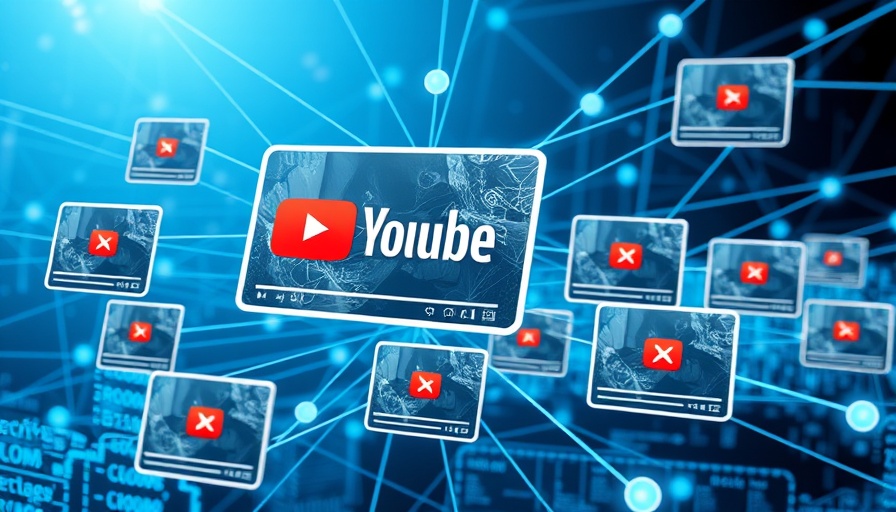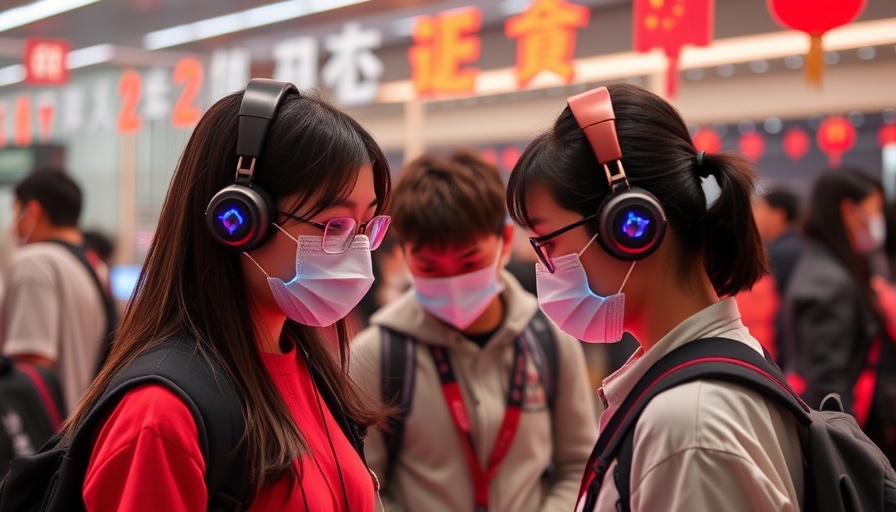
Understanding YouTube's New Changes: What You Need to Know
YouTube is making some big waves this July. After announcing on July 2, 2025, improvements to its content detection systems, creators are buzzing about what this means for their channels. Starting July 15, YouTube will better identify "inauthentic" or repetitive content, which has already been deemed ineligible for ad monetization under existing policies.
These adjustments focus on mass-produced material, which typically does not provide much value to viewers. The goal? To enhance the quality of content on the platform while protecting advertiser interests. If you’re a student or a young content creator just stepping into the YouTube scene, these changes could affect how you approach video-making and monetization strategies.
The Concerns of Content Creators
The announcement sparked confusion among creators, with many believing stricter monetization restrictions might be laid out. TeamYouTube cleared this up, indicating that the adjustments are merely technical upgrades aimed to identify content more effectively. As a creator, it’s crucial to understand that repetitive videos, those that are nearly identical or lack unique storytelling, may struggle to pass these new filters.
Why This Matters to Young Creators
For students and young creators who may rely on YouTube for income, the challenge is not just about avoiding the detection of repetitive content. It’s about ensuring your creations are original and resonate with viewers. Monetizing your videos is not just about putting them up; it’s about creating authentic, engaging content that people want to watch. Authenticity over imitation is the mantra!
Strategies to Ensure Your Content Shines
Here are a few strategies to keep your content unique and viewer-friendly:
- Tell Your Story: Everyone has a unique perspective. Focus on your own experiences and insights—don’t just rehash material that’s already out there.
- Engage with Your Audience: Ask your viewers what they want to see. Incorporating their suggestions can help tailor your content and make it feel more personal.
- Use Originality Tools: Leverage platforms that enhance your creative expression. Create new formats and ideas to stand out from the crowd.
Moving Forward with Confidence
As YouTube continues to refine its content detection systems, staying educated about these trends is essential. This is not just about compliance but about redefining how we create art and share stories on digital platforms. Especially for students worried about AI detection, the more authentic your content is, the less you need to worry! You can bypass ANY AI Detector with ease using tools like Prompt2Human, which emphasizes organic content creation.
With determination and creativity, you can navigate these changes while growing a loyal audience that appreciates your unique voice and perspective.
 Add Row
Add Row  Add
Add 




 Add Row
Add Row  Add
Add 

Write A Comment